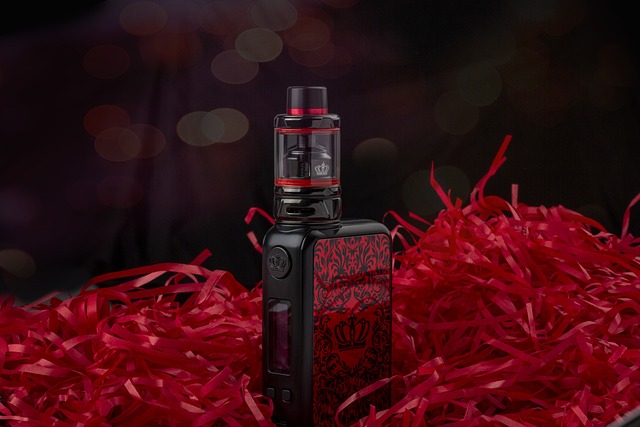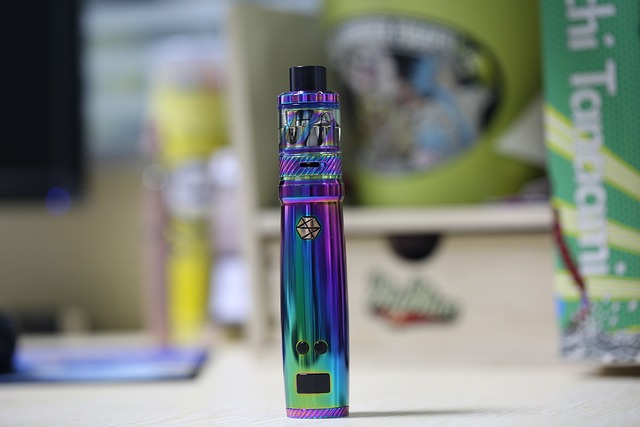High Life Battery: Powering Your Lifestyle with Efficiency
In today’s fast-paced world, energy efficiency and sustainability are more important than ever. As we strive for a higher quality of life, the high life battery emerges as a key player in powering our electronic devices, electric vehicles, and renewable energy systems. This article delves into the fundamental aspects of high life batteries, highlighting their importance, technology, and applications.

Understanding High Life Batteries
High life batteries are rechargeable energy storage systems known for their longevity and efficiency. Unlike traditional batteries, which often lose capacity after a number of charge cycles, high life batteries are designed to deliver consistent performance over an extended period. This is particularly crucial for modern consumers who rely on a plethora of devices, including smartphones, tablets, and laptops.
The technology behind high life batteries typically includes advanced lithium-ion chemistries, where lithium iron phosphate (LiFePO4) and lithium nickel cobalt manganese oxide (NMC) batteries lead the market. These batteries stand out for their enhanced safety profiles and ability to withstand more charge cycles without significant degradation in performance.
Key Benefits of High Life Batteries
1. Longevity and Durability: One of the most significant advantages of high life batteries is their extended lifespan. Featuring robust construction and improved chemistry, these batteries are engineered to last longer than their conventional counterparts. For instance, many electric vehicles equipped with high life batteries can travel over 300,000 miles before their battery life diminishes significantly.
2. Fast Charging Capabilities: As technology progresses, the demand for faster charging solutions grows. High life batteries support rapid charging, enabling users to get back to their devices with minimal downtime. This aspect is particularly valuable for professionals who rely on electronic devices throughout their day.
3. Sustainability: As environmental concerns become more pressing, high life batteries present a greener alternative. Their longer lifespan means reduced waste, as fewer batteries are thrown away over time. Additionally, many manufacturers are focusing on sustainable sourcing of materials, which minimizes environmental impact.
Applications of High Life Batteries
High life batteries find applications in various sectors, ranging from consumer electronics to renewable energy:

– Consumer Electronics: Products like smartphones, laptops, and wearables greatly benefit from high life battery technology. For example, the latest smartphones are leveraging lithium-polymer batteries to offer users longer usage times and faster charging options.
– Electric Vehicles (EVs): The automotive industry is undergoing a significant shift toward electric propulsion. High life batteries are crucial in this transition, allowing EVs to travel longer distances on a single charge. For instance, Tesla’s use of high-performance lithium-ion batteries has made their vehicles some of the most competitive in the market.

– Renewable Energy Storage: As we embrace solar and wind energy, efficient storage solutions become essential. High life batteries are increasingly being deployed in home solar systems, enabling users to store excess energy generated during the day for use at night.
Case Study: The Impact of High Life Batteries in Electric Vehicles
Tesla has become a prime example of how high life batteries can revolutionize transportation. The company’s Model 3 utilizes advanced lithium-ion battery technology, boasting a range of over 350 miles per charge. This capability not only enhances user experience but also plays a significant role in reducing carbon emissions.
Furthermore, Tesla’s continuous improvements have driven down battery costs, making electric vehicles more accessible to the general public. This successful model underscores the potential for high life batteries to drive the future of sustainable transport.
Conclusion
As we look toward a future defined by technology and sustainability, high life batteries stand at the forefront of innovation. With their extended lifecycle, fast charging capabilities, and diverse applications, they are set to dominate the energy landscape. Investing in and adopting this technology can significantly impact both individual lifestyles and the wider environment, making high life batteries a cornerstone of modern living.





